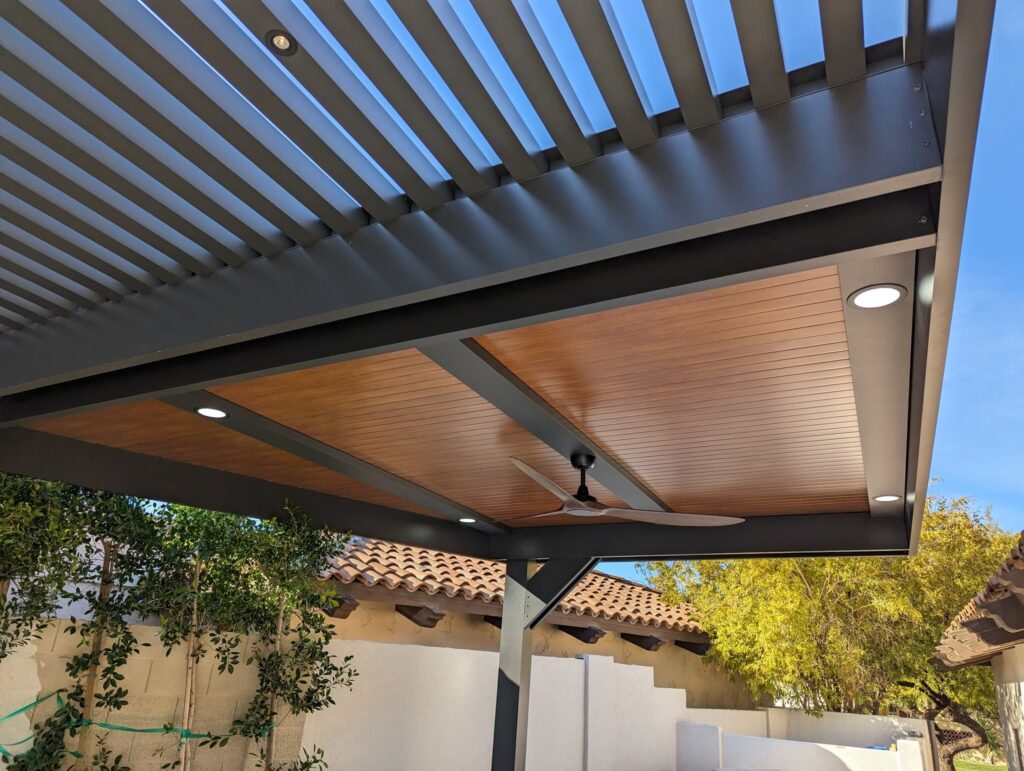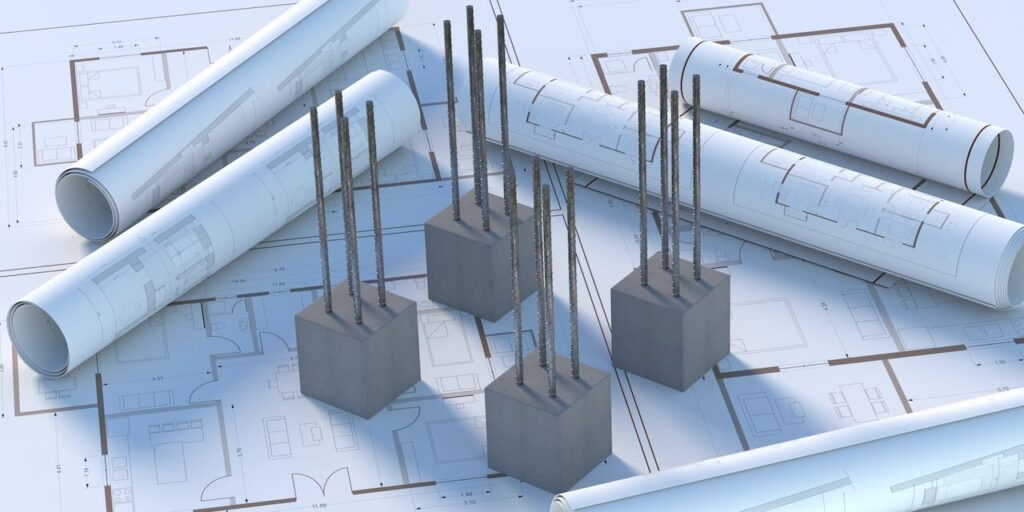In the world of construction the belief that reducing the size of a project will reduce costs is widespread but often misguided. While it seems intuitive that a smaller project would cost less. The reality is that the anticipated savings might not be as significant as expected. The key to managing expensive projects effectively lies in meticulous planning and possibly executing the project in stages. This article explores why smaller is not always cheaper in construction. Along with approaching large projects with a strategic mindset.

The Illusion of Cost Savings
Clients frequently bring us beautiful, detailed designs for their outdoor spaces, crafted by talented online landscape and design firms. These designs, while impressive, often come with hefty price tags to build as designed. When clients ask us to build these spaces, their initial reaction to the high cost is surprise and shock! The next comment is usually to instinctively consider shrinking the size of the project. While this approach seems logical, it doesn’t always yield the expected cost savings.
Case Study: StruXure Pergola
To illustrate this point, let’s consider the example a 10’ x 10’ StruXure Pergola versus a 12’ x 22’ pergola . The state’s building code, which mandates structures to withstand 140 mph winds, necessitates professional engineering for any permitted build. The engineering cost for both pergola sizes is roughly the same, around $1,000 to $1,200. Similarly, permit fees remain consistent regardless of the pergola size, negating any significant pergola cost savings in this area.
Foundation and Footers
Next, let’s delve into the costs associated with footers and foundations. Digging holes for footers, whether 10 feet apart or 22 feet apart, incurs similar costs. A slightly larger footer may be required for the bigger pergola, but the cost difference is minimal. For example, the footer cost for the 10’ x 10’ pergola might be around $2,000, whereas for the 12’ x 22’ pergola, it could be $2,400. This translates to $20 per square foot for the smaller pergola versus $9.09 per square foot for the larger one. Thus, the pergola cost per square foot for the larger pergola is less than half of that for the smaller pergola.

Material and Delivery
Material delivery costs are also largely unaffected by project size. While the actual material cost will increase with a larger project, the increase is not proportional. For instance, if the material cost for a 10’ x 10’ pergola is $10,000 (or $100 per square foot), doubling the size to 12’ x 22’ might double the material cost to $20,000. However, when divided by the larger area (264 square feet), the cost per square foot drops to approximately $76.63. This demonstrates how economies of scale can reduce the pergola cost per unit area in larger projects.
Incremental Costs
As construction progresses, many other areas exhibit only incremental increases in cost or no increase at all. Labor costs, for example, might not rise significantly with the increase in project size, especially if the work can be efficiently scaled. Other fixed costs such as site preparation, equipment rental, and utility setup also do not fluctuate significantly with the size of the project.
Strategic Planning and Staging
Given that downsizing a project does not necessarily lead to substantial savings. The best approach to managing high costs is strategic planning and potentially working in stages. When faced with budget constraints, it is crucial to prioritize what is most important to you in the project and develop a phased plan that allows for smart, incremental building.
Prioritization and Phasing
Start by identifying the essential elements of your project. What features are non-negotiable, and what can be added later? By prioritizing key components, you can allocate your budget more effectively. Ensuring that the most critical parts of your project are completed first.
Phasing your project can also help manage costs. For example, you might begin with the foundational elements such as structures and hardscaping. But then move on to landscaping and finishing touches in subsequent phases. This approach allows you to spread out the costs over time and makes the project more manageable financially.
Creating amazing outdoor spaces can be both expensive and complex, but with careful planning and strategic execution, it is entirely achievable. The misconception that smaller projects are always less expensive can lead to disappointment and missed opportunities. Instead, focus on detailed planning, prioritize essential elements, and consider phasing your project to manage costs effectively. By doing so, you can create the outdoor space of your dreams without unnecessary financial strain.

